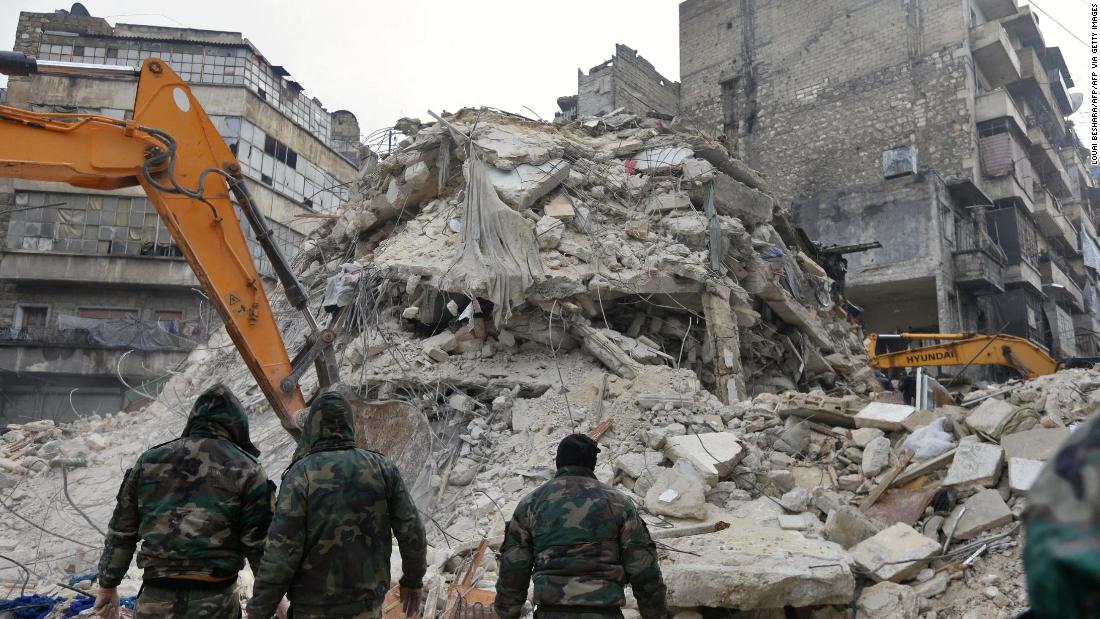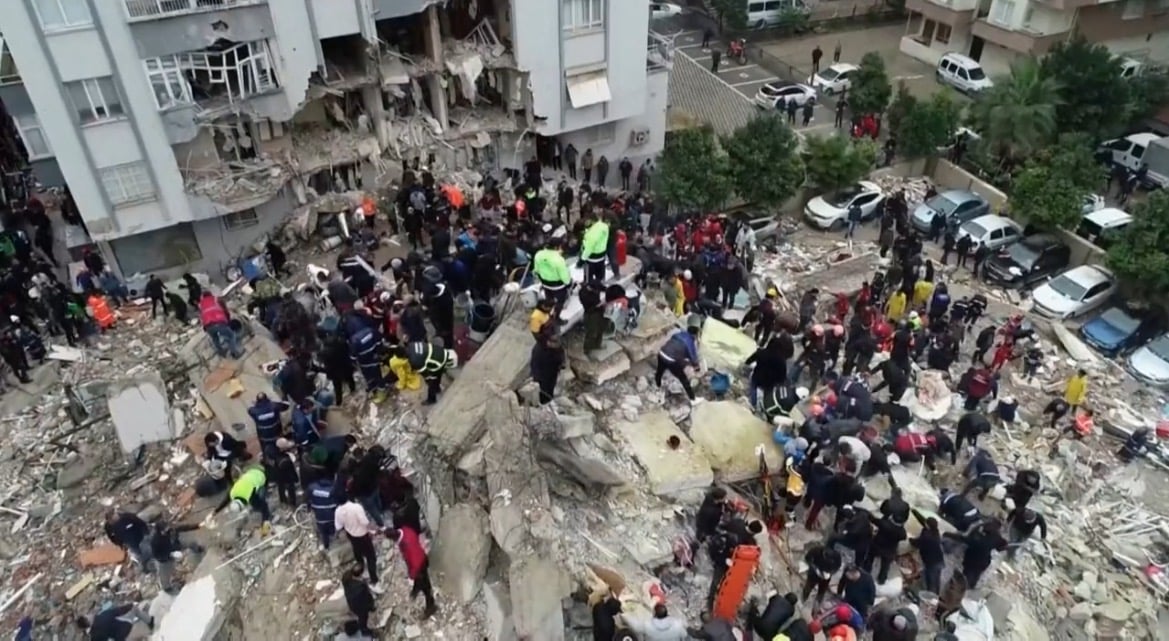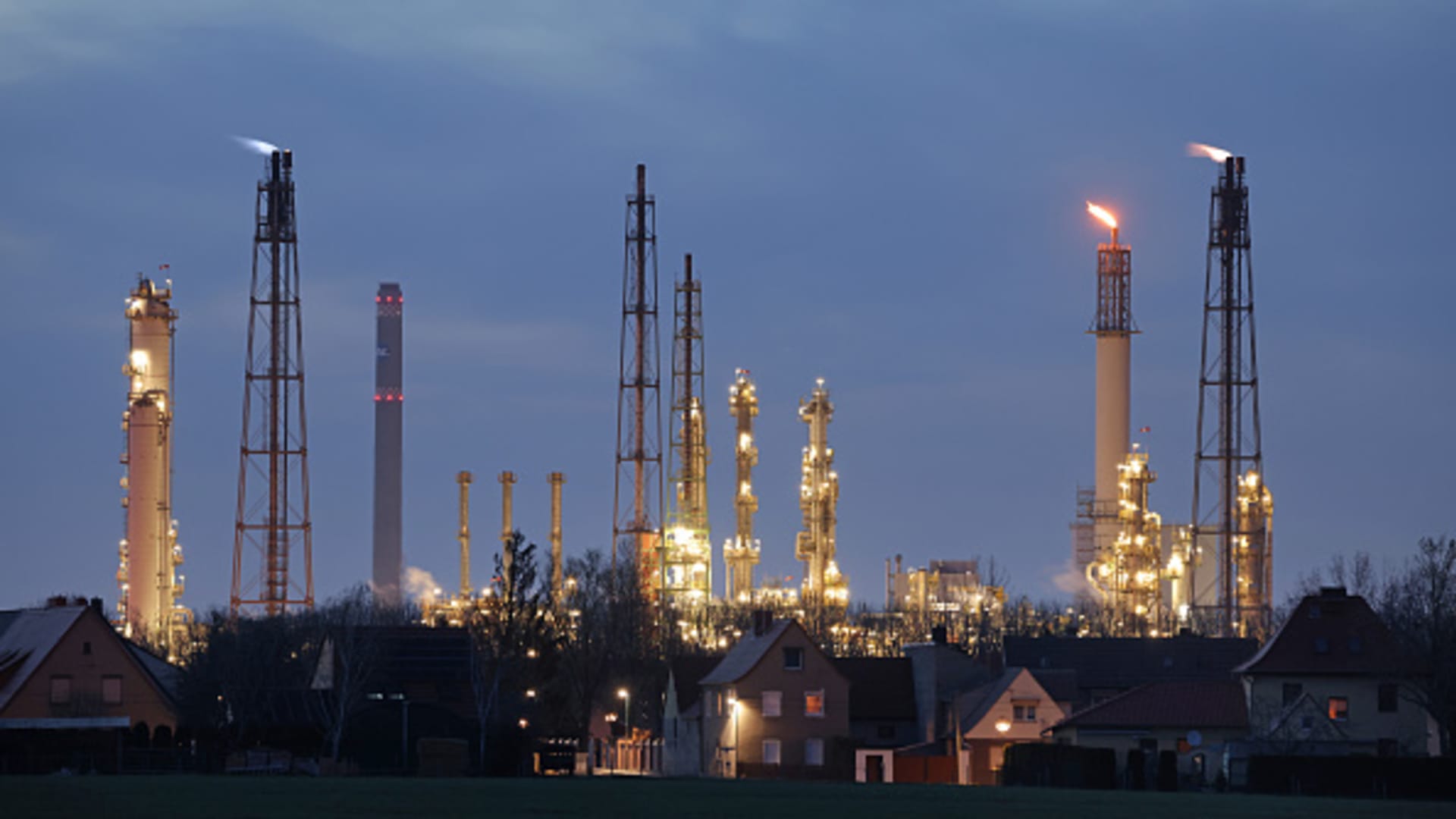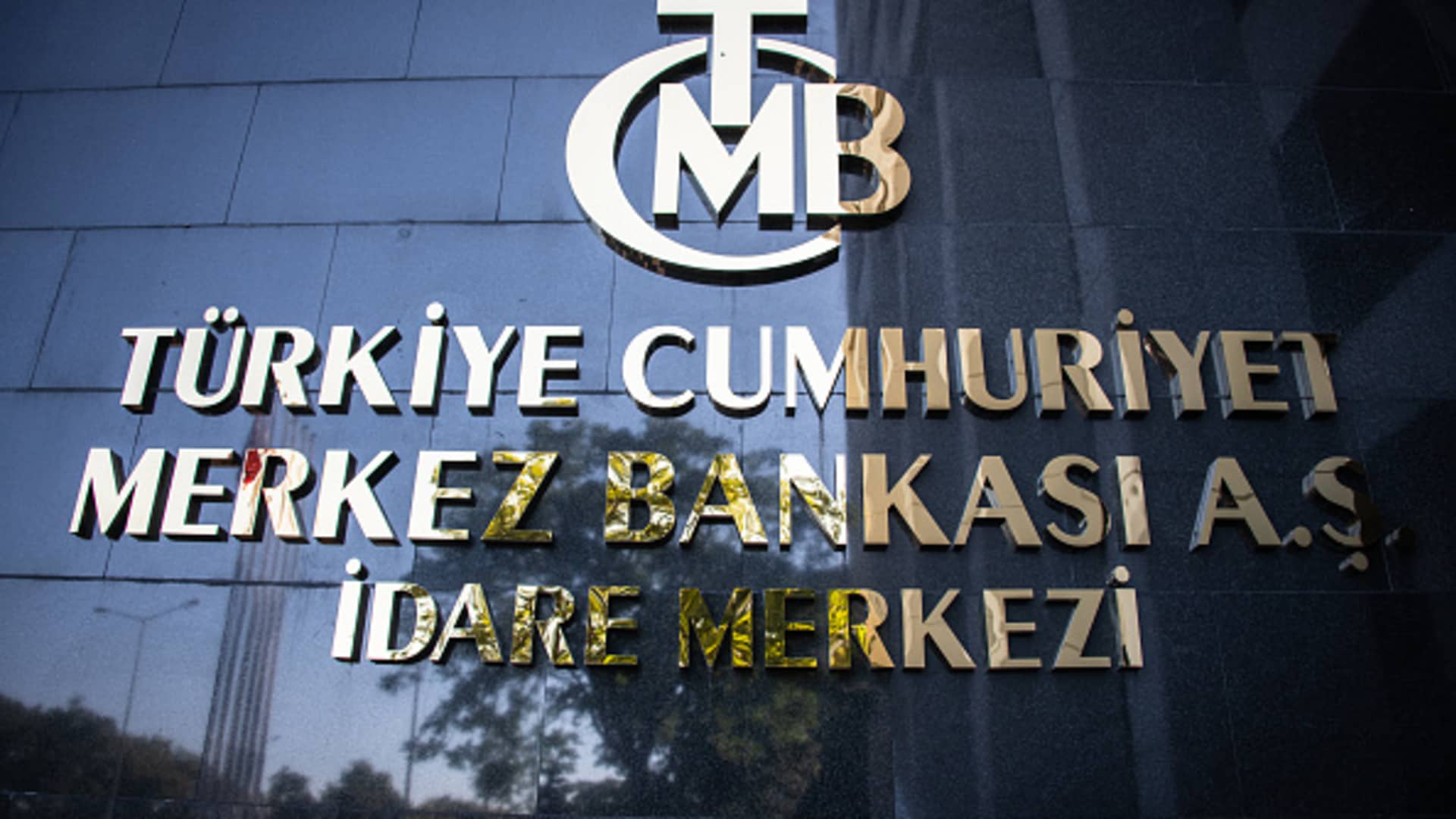Early Monday morning, a magnitude 7.8 earthquake ripped through Turkey and Syria, followed nine hours later by a 7.5 aftershock. The death toll stands at more than 3,800, and rescuers have only just begun to comb through the collapsed buildings.
Aftershocks will continue to shake the area as local faults adjust to such a huge initial tremor, and scientists say that process could continue for not just days but months or even years. There’s even a chance—albeit a small one—of an aftershock bigger than the original quake.
“The aftershock risk is greatest, essentially, right after the mainshock, but there will be noticeable aftershocks to this earthquake for years afterward,” says David Oglesby, a geophysicist at UC Riverside. “Right now, I can forecast for you that there will be many more aftershocks of magnitude 5, probably 6 or so, in this area. That’s an easy call to make, because historically speaking, statistically speaking, that’s almost guaranteed.”
That will turn a humanitarian crisis in Turkey and Syria into something even more awful. “We can’t say to people: OK, it’s good, you’re done. That was terrible, and it’s over now. Because that’s just not how the earth works,” says earthquake geologist Wendy Bohon. “It just really sucks to know that these people are going to have to continue to feel shaking from earthquakes for a long time, after they’ve been so traumatized and gone through such a devastating experience.”
Earthquakes are products of plate tectonics: Plates are great masses of rock that move independently in the earth’s crust, but contact each other along faults. “Eventually, the stress and strain is going to overcome the friction that is holding the rocks together, and those rocks are going to break in an earthquake,” says Bohon. “When the rocks break, they release energy in the form of waves, and those waves are what we feel as shaking.”
The mainshock Monday morning struck along some 125 miles of the East Anatolian Fault, a well-known fault line in southern Turkey. Specifically, this was a strike-slip earthquake, meaning stress built up between two masses of rock moving horizontally in opposite directions until the fault ruptured. It was also very shallow underground, meaning it created more intense shaking at the surface. (The San Andreas Fault in California is also a strike-slip fault—that was the one that destroyed much of San Francisco in 1906.)
Generally speaking, the larger the mainshock, the larger the aftershocks, which tend to decrease in frequency and severity as time goes on. As you can see in this map, aftershocks of various intensities have been swarming along the original quake’s fault line as well as at a different but connected fault line to the north, where the magnitude 7.5 aftershock seems to have hit. “This is a really complicated system of faults, since the crust is really crushed there,” says Alice Gabriel, a seismologist at the Scripps Institution of Oceanography.
That complexity means that what happens in one fault doesn’t stay there. It may have been that the stress that led to the 7.5 quake had been building for some time, and the jolt from the mainshock unleashed it. “It sort of advanced its clock a bit, so that it had the large earthquake that it would have eventually anyway, probably a bit sooner,” says Austin Elliott, an earthquake geologist at the United States Geological Survey. Such aftershocks are “just simply other earthquakes—there’s nothing that makes them distinct. It’s just that an earthquake so large changes the stress in the earth’s crust so substantially that it increases the rate of all other earthquakes locally.”



























































